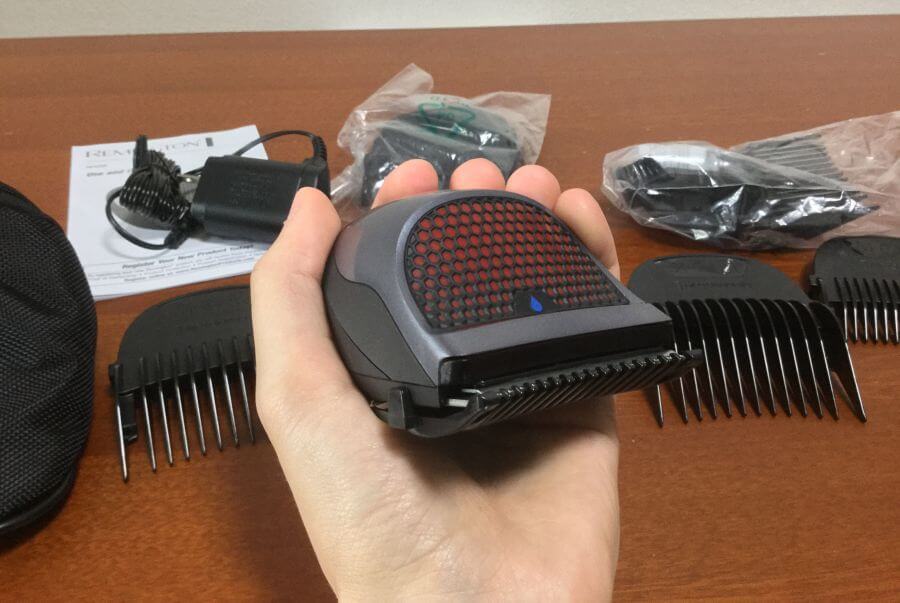
The poor-quality blades that come with sub-$100 saws can chip your tile, slow down the process, and cause more headaches than the initial savings are worth. These come with better parts, and usually better-quality blades, meaning you’ll end up with cleaner, more accurate cuts. If your projects involve more than just a couple dozen quick cuts through some thin ceramic subway tile, you should look into purchasing a higher-end saw or renting one from a home center, which typically stocks quality models. That means the harder and larger your tile is, the greater the chance you’ll fry the motor, be running back and forth to reset the breaker, or ruin fragile tile like glass or marble. But these budget-friendly machines have mostly plastic parts and weak motors that are easily overwhelmed.

Today you can buy an inexpensive tile saw for less than $100, with everything in the box you need to start cutting. Still, this is a power tool, and you should treat it accordingly and wear eye protection. That water cools the blade as it cuts, prolonging its life, but also wets the dust, keeping it out of the air, which means you can usually work inside near the project as long as you protect the floor and walls from overspray. On basic machines, the blade passes through the water basin as it rotates underneath the table. In more expensive machines, a small pump sits in the basin and pushes water over the blade. Unlike cutting wood, which creates a cloud of dust, a tile saw uses water to keep the air clean. Instead, the rim of the blade is embedded with synthetic diamonds, which are harder than the material any tile is made out of, so they grind, using friction to cut through porcelain, ceramic, stone, and glass. All tile saws use a diamond blade, which doesn’t have teeth like a typical saw blade, so they are much less intimidating. Some tile saws have a head that moves toward and away from you, while others have you slide the tile, sometimes on the moving table, through the blade. For the uninitiated, a tile saw is similar to a table saw with a blade that comes up through the middle of the table. A thicker stone or hard porcelain, however, might be a challenge.īut a pro’s bread and butter is a tile saw, sometimes called a wet saw, because it’s faster for repetitive cuts, it leaves crisp edges, and it helps with complex cuts around outlets, plumbing penetrations, and floor vents. Pros still use these because they’re inexpensive, easy to fix, quick, clean, and quiet-and ideal for thinner ceramic tiles. And as mentioned above, for simple tile jobs-like a small backsplash with minimal cuts-it might suffice. This type of tile cutter typically cuts tiles between ¼-inch and ⅞-inch thick, and up to 36 inches wide.
#Magic cutter that cuts thru ceramic manual
There are two predominant ways to cut tile, the most basic of which is with a manual score and snap-style cutter. If you’ve got a sizable floor or wall that needs tiling, one of these is sure to fit your needs. Here, we’ve selected the seven best tile saws, representing a range of features, capabilities, and prices. Here’s what I say: If your tile job will take more than a long weekend or you’ve got a long-term plan that includes multiple projects, buying a saw, as opposed to renting one, can be a better deal in the long run.


With some jobs, like a backsplash of basic subway tiles in a running bond pattern (where each tile starts at the center of the tile below it), you might get by with a manual tile cutter and a pair of nippers, but for mosaics, larger tiles, or making more advanced cuts, a tile saw is an easier time saver.įortunately, the price of tile saws has come down and manufacturers offer smaller models aimed at homeowners. It’s also a rewarding project that yields results about 24 hours after setting the last tile.įrom ceramic penny rounds for a backsplash to chunkier 24x24-inch stone tiles in a foyer to trendy porcelain planks in a bathroom, every tile job requires making cuts. Taking on the job of tiling, for example, makes a lot of sense because saving on labor means you can likely spring for better-quality tiles or allocate to things like better cabinets or fixtures. So it’s common for DIYers to be drawn to doing some of the work themselves, to try and stretch the budget further. When it comes to renovating, the bathroom and kitchen are the most expensive rooms in a house, per square foot, to revamp.


 0 kommentar(er)
0 kommentar(er)
